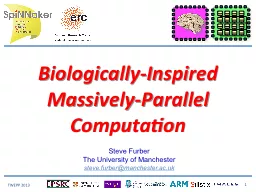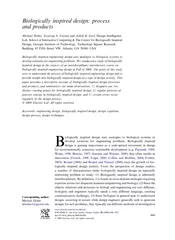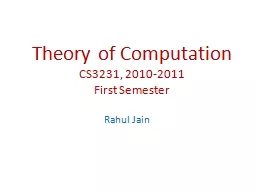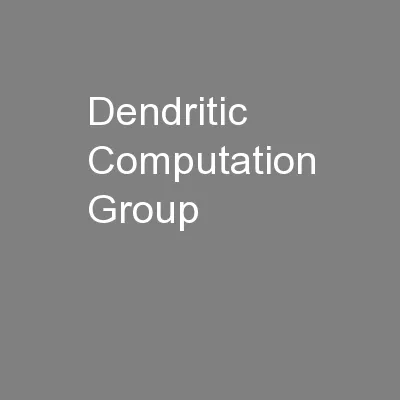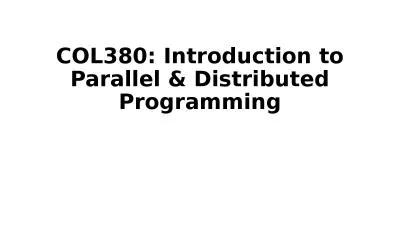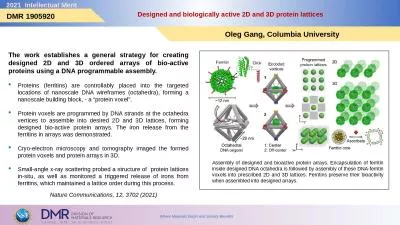PPT-Biologically-Inspired Massively-Parallel Computation
Author : calandra-battersby | Published Date : 2017-11-03
Steve Furber The University of Manchester stevefurbermanchesteracuk Turing Centenary Turing in Manchester Outline 63 years of progress Building brains The SpiNNaker
Presentation Embed Code
Download Presentation
Download Presentation The PPT/PDF document "Biologically-Inspired Massively-Parallel..." is the property of its rightful owner. Permission is granted to download and print the materials on this website for personal, non-commercial use only, and to display it on your personal computer provided you do not modify the materials and that you retain all copyright notices contained in the materials. By downloading content from our website, you accept the terms of this agreement.
Biologically-Inspired Massively-Parallel Computation: Transcript
Download Rules Of Document
"Biologically-Inspired Massively-Parallel Computation"The content belongs to its owner. You may download and print it for personal use, without modification, and keep all copyright notices. By downloading, you agree to these terms.
Related Documents

